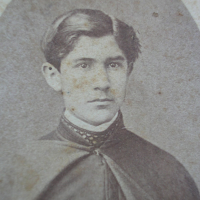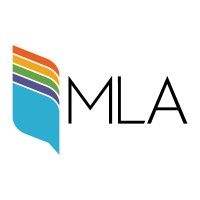The aborigines of the Cuyo region (continued)
Keywords:
Cuyo, aborigines, nomenclator, Huarpe, Puelche, Pehuenche, Monsignor Pablo CabreraReferences
Memorial o Informe del referido Pietas sobre las costumbres de los Araucanos, etc. Datado en Concepción de Chile, a 11 de Junio de 1729. (Gay, Historia de Chile, Documentos, tomo I, pág. 500 a 502).
Ruiz Moreno, Geografía de las Gobernaciones.
José Ant°. Medina. Documentos Históricos, tomo XXII.
Medina. Biblioteca Hispano-Chilena, tomo I.
"Historia de la Compañía de Jesús en Chile", tomo I.
Ordenanza citada por Estanislao Zevallos en "Viaje al País de los Araucanos": tomo I.
"La Raza Pampeana y la Raza Guaraní", Buenos Aires, 1900 (Parte primera: cap. IV).
Memorial de Diego García, 1530: en Madero, "Historia del Puerto de Buenos Aires", apéndice 9.
"Estudios", revista de la Academia del Plata, Buenos Aires.
"Historia del Reino de Chile", libro III, cap. VII.
Harrisse, "Juan Ca boto y su hijo Sebastián", 1896. Declaración de Sebastíán en Sevilla, año 1530. (En Boletín del Instituto Geográfico Argentino, tomo XIX, año 1898.
Harrisse: Juan Caboto y su hijo Sebastián -1896. Declarac. de Sebastián en Sevilla, 1530.-(Bolet. del I. G. A. tomo XIX).
Descripción Geográfica y Estadística, etc. de la República Argentina, tomo II.
En Tiempos y Campos Heroicos, capítulo II.
Colección de documentos inéditos para la historia de Chile por J. T. Medina, tomo XXV. -VII. -Información de servicios del capitán Juan de Nadar. -Archivo de Indias
Carlos Morla Vicuña, "Estudio Histórico", Leipzig, 1903 (Apéndice N°. 69, III parte).
Historia Geográfica, Natural y Civil del Reino de Chile. Tomo I.
Historia de la Provincia de San Luis, I.
Downloads
Published
Issue
Section
License
Copyright (c) 1928 Universidad Nacional de Córdoba

This work is licensed under a Creative Commons Attribution-NonCommercial-ShareAlike 4.0 International License.
Commercial use of the original work and any derivative works is not permitted, and distribution of derivative works must be made under a license equal to that which governs the original work.







